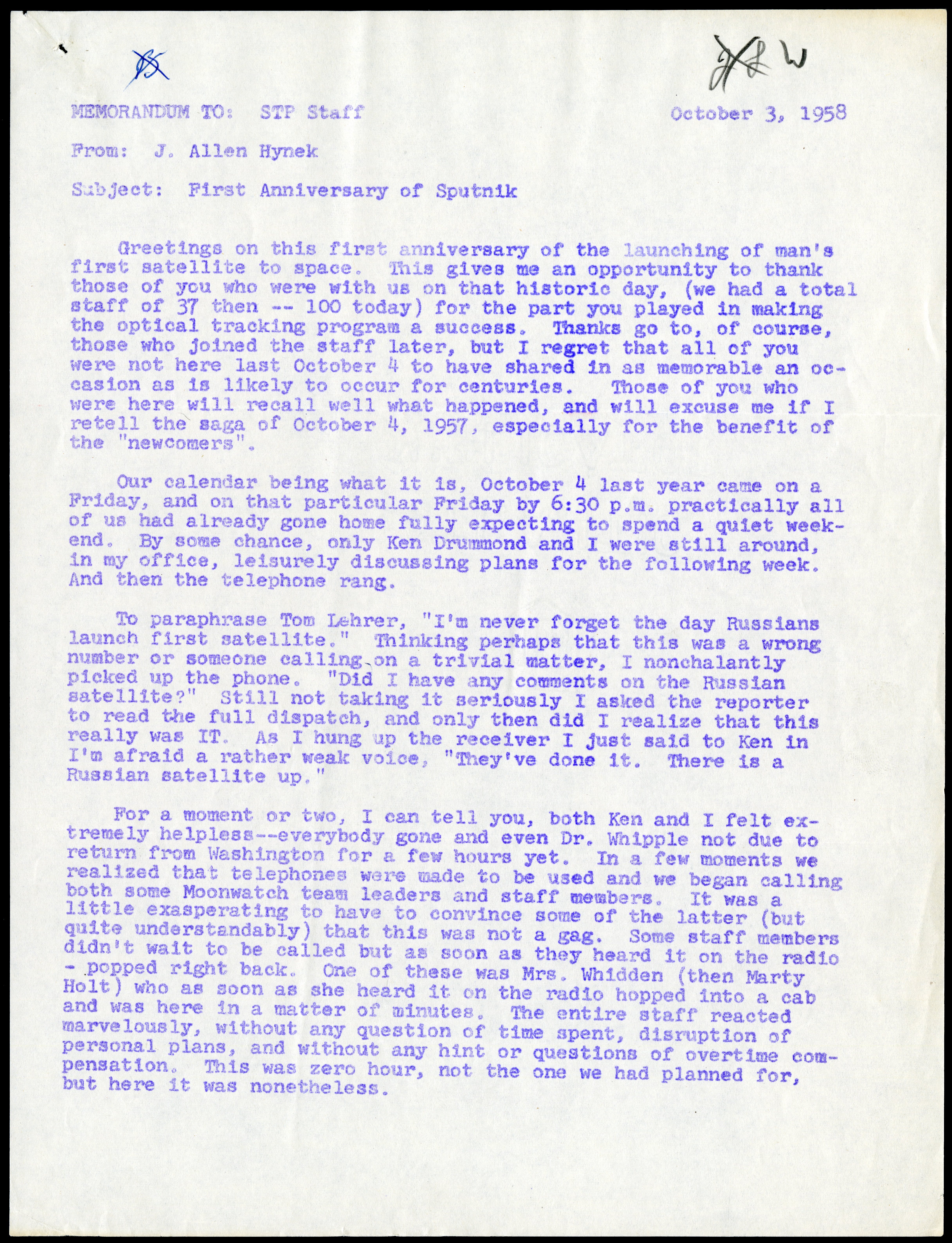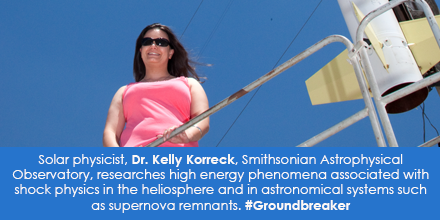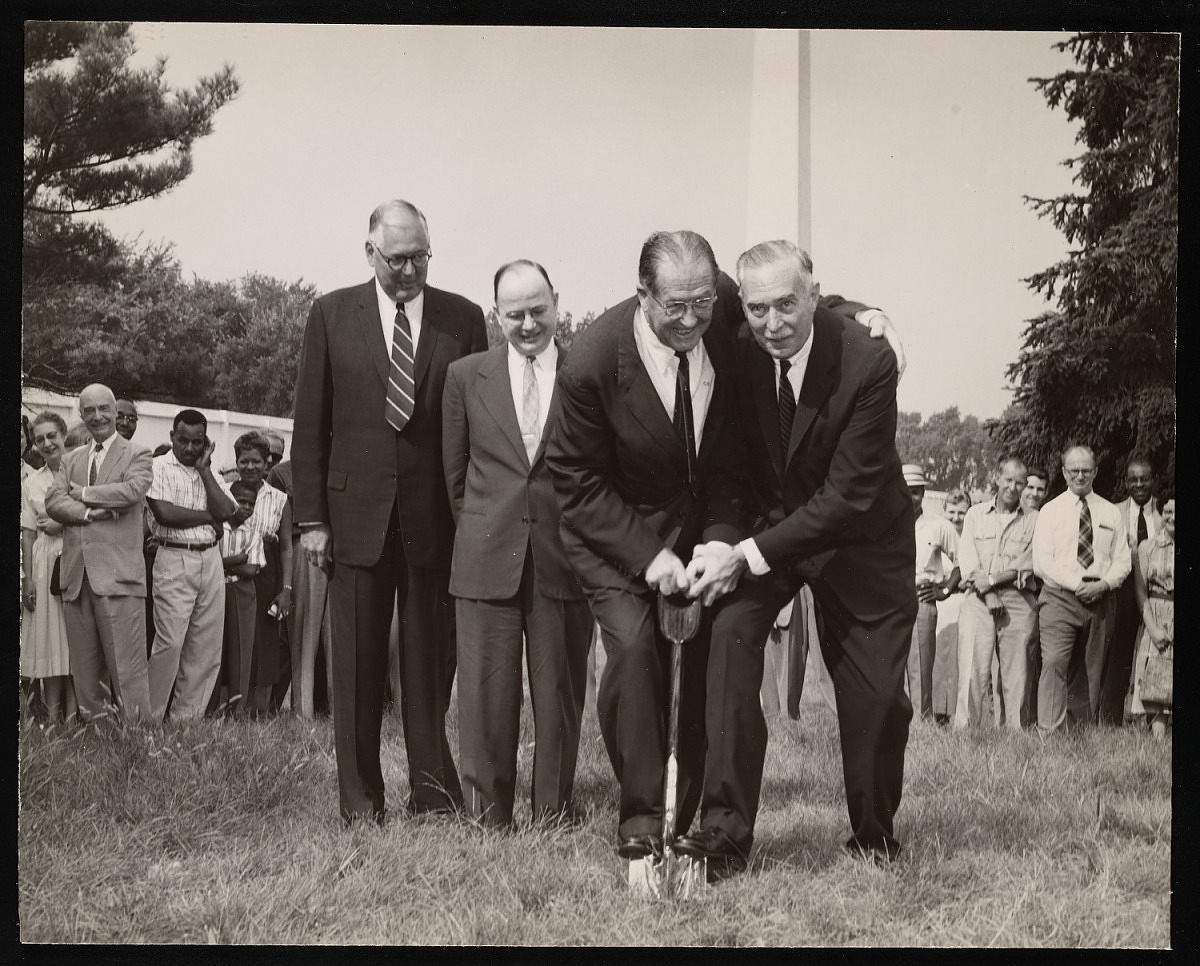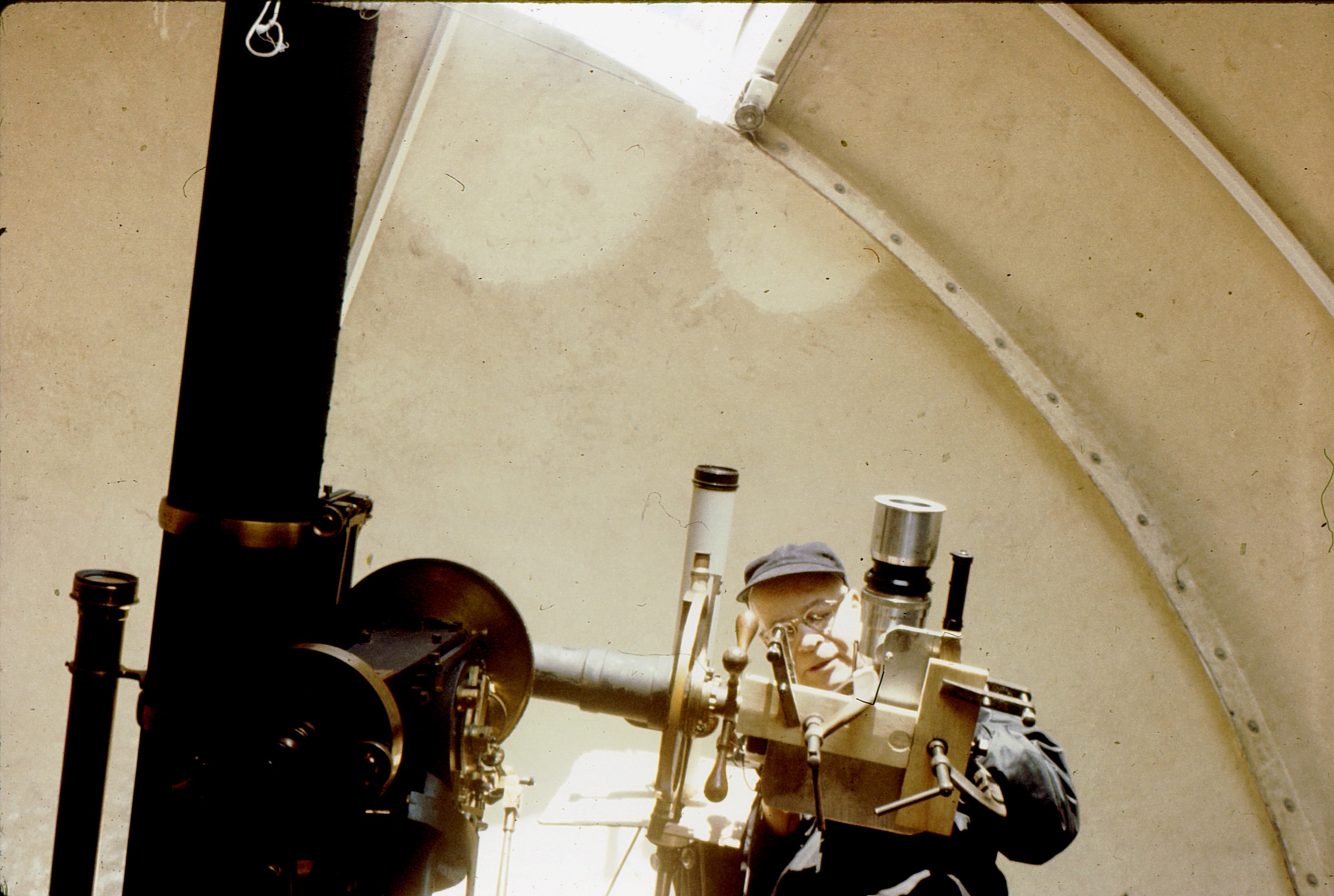Results for "Smithsonian Astrophysical Observatory. Orbiting Astronomical Observatory Program"

Right Places at the Right Time
- Date: October 21, 2013
- Creator: Tammy L. Peters
- Description: Recollections of the October 4, 1957, Sputnik I launch and the Smithsonian Astrophysical Observatory's Satellite Tracking Program.
- Blog Post
The Smithsonian and the Solar Eclipse
- Date: August 8, 2017
- Creator: Hillary Brady
- Description: The Smithsonian has a history of eclipse-ready public programming! How the Smithsonian has worked with the public in 1972, and today, to help visitors view eclipses safely.

For Real - Center for Study of Short-lived Phenomena
- Date: September 25, 2014
- Creator: Mitch Toda
- Description: Taking a look at some event cards from the Center for Study of Short-lived Phenomena

100 Women in Science in Smithsonian History
- Date: January 6, 2022
- Creator: Emily Niekrasz
- Description: Geologist Dr. Ursula Marvin studied Moon rocks from the Apollo missions and meteorites in Antarctica. Throughout her career with the Smithsonian Astrophysical Observatory, Marvin championed women in science. She delivered lectures about her own experiences as a woman in geology and participated in programing to help advance women's careers. She was likely inspired to support

Wonderful Women Wednesday: Dr. Kelly Korreck
- Date: March 22, 2017
- Creator: Effie Kapsalis
- Creator: Effie Kapsalis

Smillie and the 1900 Eclipse
- Date: June 9, 2009
- Description: Access the official records of the Smithsonian Institution and learn about its history, key events, people, and research.
- Blog Post
Link Love: 8/27/2010
- Date: August 27, 2010
- Creator: Catherine Shteynberg
- Description: [caption id="" align="alignright" width="167" caption="The Mona Lisa, between 1503 and 1505, by Leonardo da Vinci, Oil on poplar, The Louvre Museum."][/caption] Scientists have discovered the secret behind Mona Lisa’s beguiling smile by using x-ray technology [via More Intelligent Life]. And while we're at it, scientists use UV light to reveal how awesomely gaudy the colors of

Leonard Carmichael, Seventh Secretary of the Smithsonian
- Date: July 7, 2022
- Creator: Tatiana Swann
- Description: Dr. Leonard Carmichael led the Smithsonian Institution through many changes during his tenure as the seventh Secretary of the Smithsonian. He presided over new museums and facility openings, special acquisitions, and exciting exhibitions. Because Carmichael was hired from outside of the Smithsonian, he brought a new perspective, his academic background, and skills to thrust

Lasting Consequences from Past Solar Eclipses
- Date: August 22, 2017
- Description: Solar eclipse trips can have lasting effects on an astronomy student’s life, as NASM’s David DeVorkin tells us about the 1970 Yale Observatory expedition and beach party to view an eclipse at Nantucket.
- Blog Post
Documenting the Smithsonian’s Pandemic Response
- Date: March 16, 2021
- Creator: Jennifer Wright
- Description: While teleworking for the last year, the Archives has been busy capturing web content that documents the Smithsonian’s response to the COVID-19 pandemic.

Science Conversations in the Shenandoah
- Date: September 6, 2018
- Creator: Mitch Toda
- Description: In February 1975, twenty Smithsonian scientists gathered at the National Zoo's Conservation Research Center in Front Royal, Virginia to talk about their research and the future of science at the Smithsonian.
- Blog Post
Science Service, Up Close: Up in the Air for a Solar Eclipse
- Date: January 24, 2017
- Creator: Marcel Chotkowski LaFollette
- Description: On January 24, 1925, for the first time in over a century, a total solar eclipse would be visible across the northern part of the United States. How scientists used a dirigible to observe the phenomenon.
